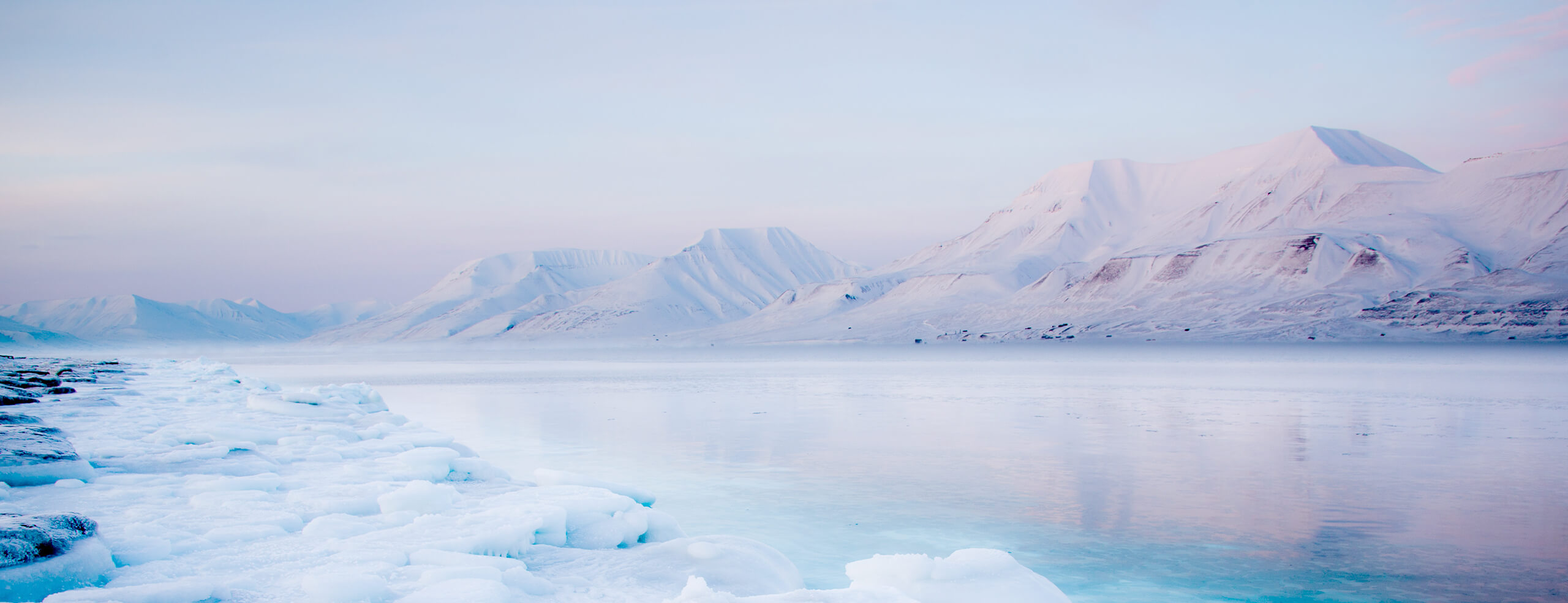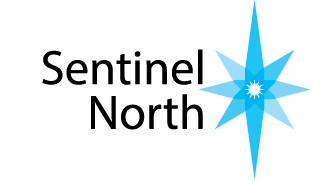2.3 The use of diatom microalgae for improving the treatment of the light-driven dysfunctions of the biological clock in Arctic human populations
Principal Investigator
Co-Investigator
Collaborator
Collaborators outside U. Laval
Angela Falciatore (France)
Project summary
In the Arctic, the biological activity, from the diatom microalgae to humans, is strongly constrained by light which shows extreme seasonal and daily variations in irradiance and in spectrum. The strong blue vs. red light spectrum experienced by diatoms in sea-ice and water is opposite to the human eye sensitivity (high for red and low for blue light) arguing for a relevant blue-light responsive biological model. Diatoms and humans have evolved circadian clocks regulated by sophisticated molecular devices for synchronizing their physiology with their light environment. The regulation of their biological rhythms shows striking common features (‘convergent evolution') like blue- and red-light photoreceptors, and clock component with animal features in diatoms. The deleterious effects of the light climate on human mental health (seasonal affective disorder, etc.), especially in the North, are well-known. Artificial blue:red lighting (i.e. luminotherapy) is an innovative approach to ‘trick' the biological clock and boosts the circadian rhythm. Testing new light regimens on statistically relevant human populations is difficult while this is more feasible in Arctic diatoms.
The aim of this project is to use Arctic diatoms to study the effect of photoperiod and light spectrum on the circadian rhythmicity of physiology in order to propose new blue:red light regimens with positive effect on the biological clock. It will subsequently facilitate their application in Northern populations (and beyond, i.e. night workers, miners, etc.) with increased probability of mental health and behavior dysfunctions. It will potentially generate new patent(s) for non-invasive medical light treatment (LEDs, glasses with filters). In parallel, the project will 1) deepen our knowledge of the fundamental regulatory processes behind the light-driven ecophysiology of diatoms, the sentinels of climate changes in the Arctic, 2) open on bioprospection of added-value molecules beneficial to human health, i.e. carotenoid pigments and polyunsaturated lipids found in Arctic diatoms.

